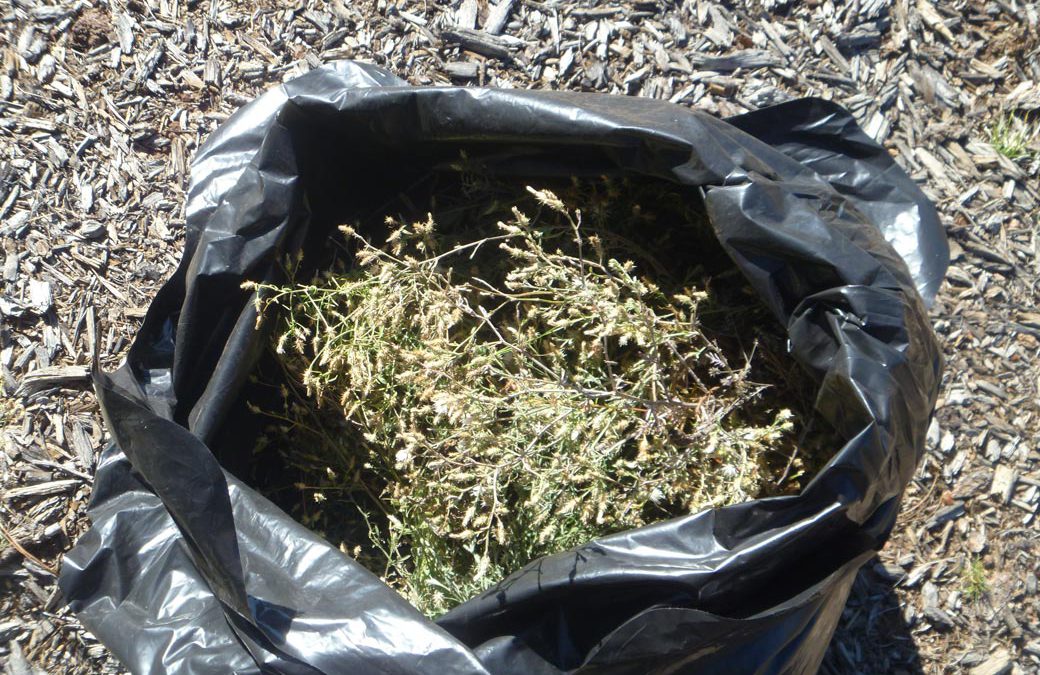This past week ACE Arizona crews headed back out to Picture Canyon in Flagstaff with a focus on invasive removal and restoration work. Specifically, the crew were treating and removing Scotch thistle (Onopordum acanthium) and Russian/Diffuse knapweed (Centaurea diffusa).
Knapweeds are invasive plants which can impair wildlife habitats by reducing forage, decreasing native plant diversity, and increasing the potential of soil erosion. Scotch thistle is known to invade disturbed areas near roadsides, riparian banks, heavily grazed pastures, and burned areas. Its grows in dense stands which can outcompete native plants and create monocultures. This is common behavior of invasive plants in general.
In riparian areas like Picture Canyon, dense thistle stands can grown into a physical barriers. To help mitigate these effects, a majority of the work involved corps members clipping the flower heads from the Scotch Thistle and spraying the plant, and hand pulling the knapweeds. The crew treated several areas along the Rio de Flag in this manner.
Picture Canyon Preserve a is located just outside of Flagstaff, Arizona, along the Rio de Flag. Picture Canyon is so called because of the hundreds of petroglyphs, pictographs and other archaeological remains of the Northern Sinagua that were discovered in the area. The Arizona Trail runs through this area, and attracts those interesting in recreational activities such as hiking, mountain biking, equestrian, photography, wildlife watching. Picture Canyon is also a great place to witness the changing of the leaves during fall.


